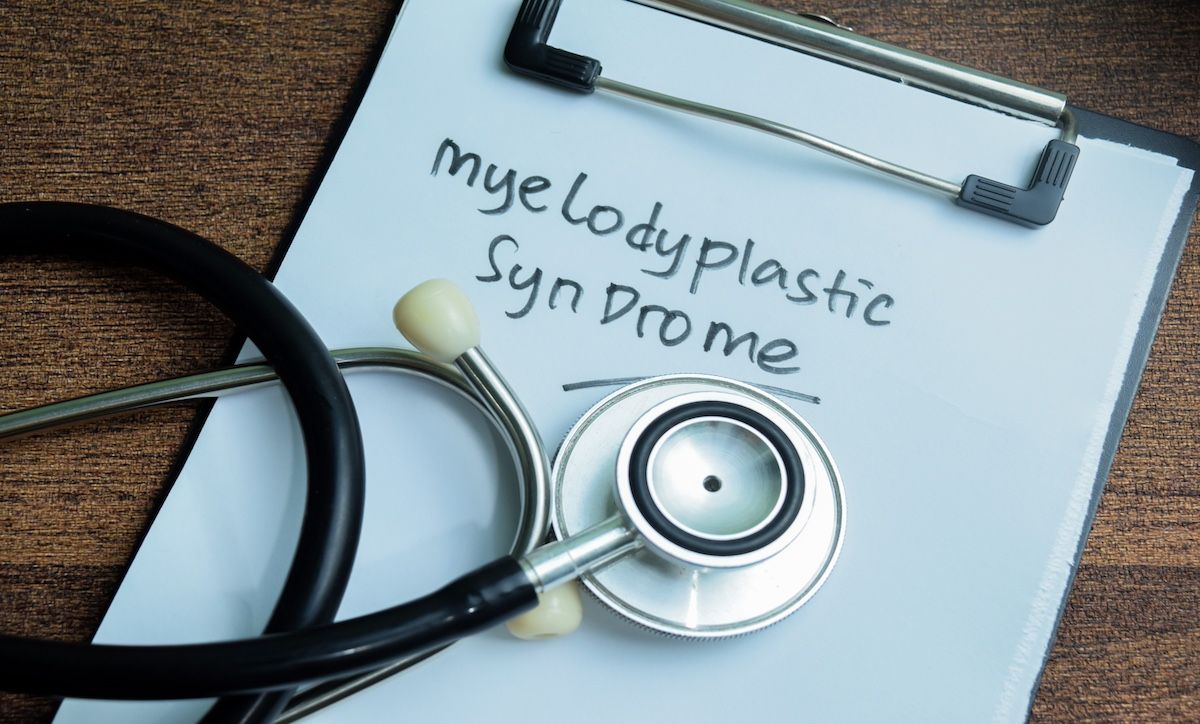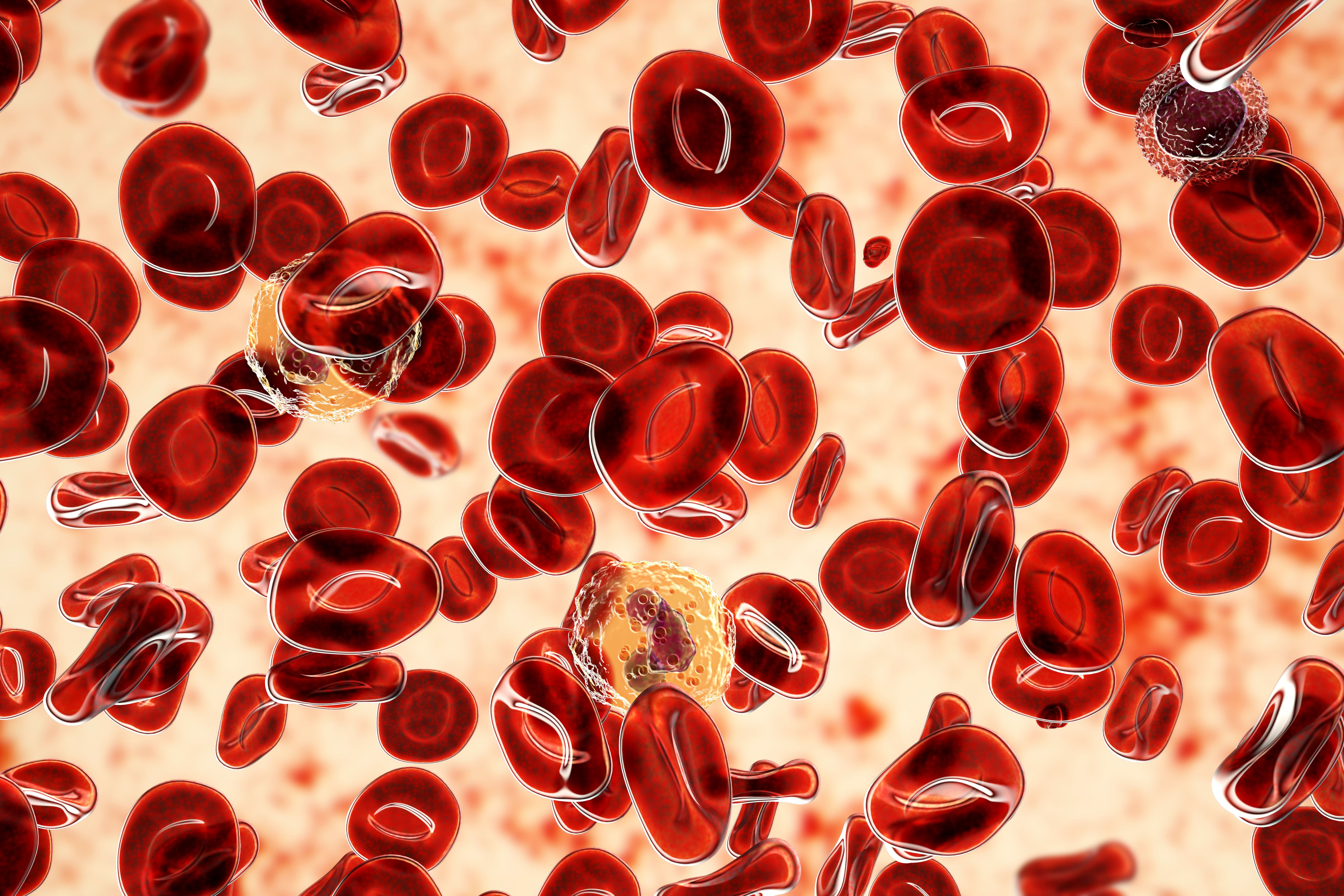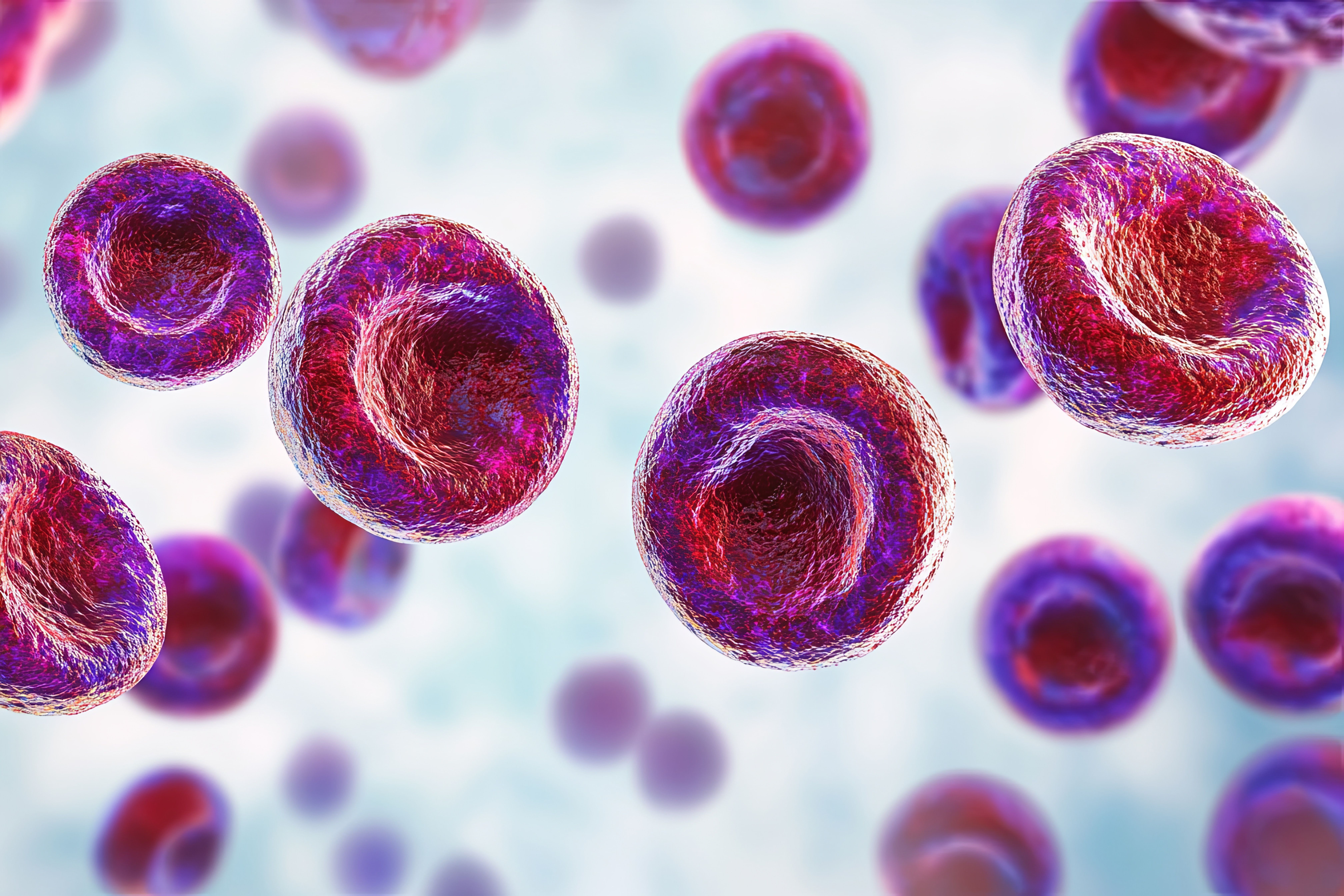Article
Induction Therapy Optimal for Transplant-Eligible Patients With Multiple Myeloma
Author(s):
A new large randomized trial indicates induction therapy including lenalidomide is optimal in patients with multiple myeloma who are transplant-eligible. Maintenance with lenalidomide was preferable to observation alone following transplant.
A phase 3 randomized trial offers new evidence as to the best way to treat transplant-eligible patients with multiple myeloma (MM), and suggests maintenance therapy is preferable to observation.
The results, published in the journal Haematologica,1 are intended to give a clearer picture as to the optimal use of immunomodulatory drugs before and after autologous stem cell transplantation (ASCT).
Corresponding author Graham H. Jackson, MD, of the Northern Institute for Cancer Research at Newcastle University, in England, and colleagues explain that immunomodulatory drugs and proteasome inhibitors have led to dramatic improvements in patient outcomes. Those drugs are typically used as induction therapy, after which the standard of care is high-dose melphalan-based chemotherapy with ASCT.
However, key questions still remain.
“The optimal approach to induction therapy prior to ASCT and consolidation or maintenance after ASCT in this new era has not yet been defined,” they write.
To fill the gap in knowledge, the authors constructed a large, phase 3 trial of 2042 newly diagnosed patients with MM. Patients were randomly assigned to receive induction therapy of cyclophosphamide, thalidomide, and dexamethasone (CTD) or cyclophosphamide, lenalidomide, and dexamethasone (CRD). Patients with suboptimal responses were given additional intensification therapy of cyclophosphamide, bortezomib, and dexamethasone (CVD) prior to ASCT. Following transplantation, patients were randomly assigned either lenalidomide alone or observation alone.
At the end of the study, patients receiving CRD therapy had superior progression-free survival (PFS) and overall survival (OS) compared to those on the CTD regimen. Median PFS on CRD was 36 months, versus 33 months for CTD. Three-year OS was 82.9% for CRD, compared to 77.0% for CTD.
After transplant, patients receiving lenalidomide maintenance therapy had a PFS of 50 months, compared to just 28 months in the observation-only group.
“Our results demonstrate the superiority of lenalidomide over thalidomide both in terms of efficacy and tolerability in the context of combination with an alkylating agent (cyclophosphamide), supporting the findings of previously randomized analyses,” Jackson and colleagues write.
Six in 10 patients on CRD obtained at least the status of very good partial response (VGPR) after induction, and 82% of patients on the regimen achieved VGPR after ASCT. The authors say these data compare favorably with approaches attempted in other recent studies.
Jackson and co-authors noted that one recent study of daratumumab plus velcade, thalidomide, and dexamethasone (Dara-VTD) did have a higher VGPR post-induction therapy,2 though the authors suggested there are other reasons CRD might still be a better choice for many patients.
“In contrast, however, CRD offers an all oral regimen requiring only one hospital visit per month and including only one more expensive agent, lenalidomide,” they said. “As such, it is comparatively easier to deliver and likely to be cheaper in terms or both drug and administration costs.”
In addition to their main findings, Jackson and colleagues noted that the favorability of CRD versus CTD held true across all subgroups analyzed, including those with International Staging System stage III disease, those with high-risk cytogenetics, and those with ultra high-risk cytogenetics.
“The best results were achieved when patients received both lenalidomide-based induction therapy and lenalidomide maintenance,” they conclude.
References:
- Jackson GH, Davies FE, Pawlyn C, et al. Lenalidomide before and after ASCT for transplant-eligible patients of all ages in the randomized, phase III, Myeloma XI trial [published online ahead of print, 2020 Jun 4]. Haematologica. doi:10.3324/haematol.2020.247130
- Moreau P, Attal M, Hulin C, et al. Bortezomib, thalidomide, and dexamethasone with or without daratumumab before and after autologous stem-cell transplantation for newly diagnosed multiple myeloma (CASSIOPEIA): a randomised, open-label, phase 3 study. Lancet. doi:10.1016/S0140-6736(19)31240-1





